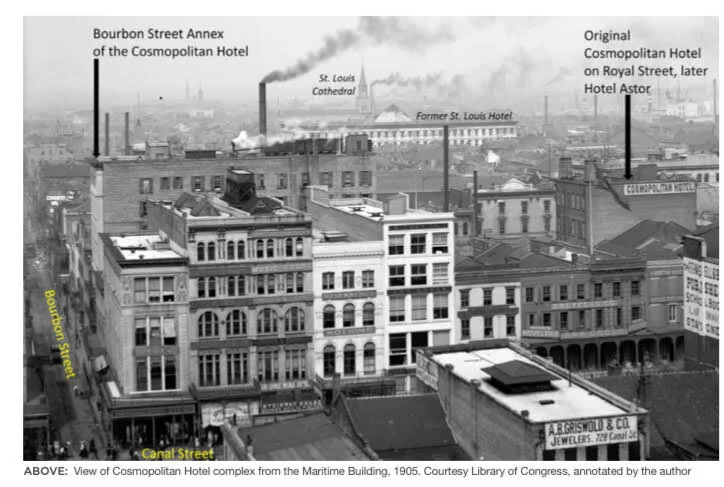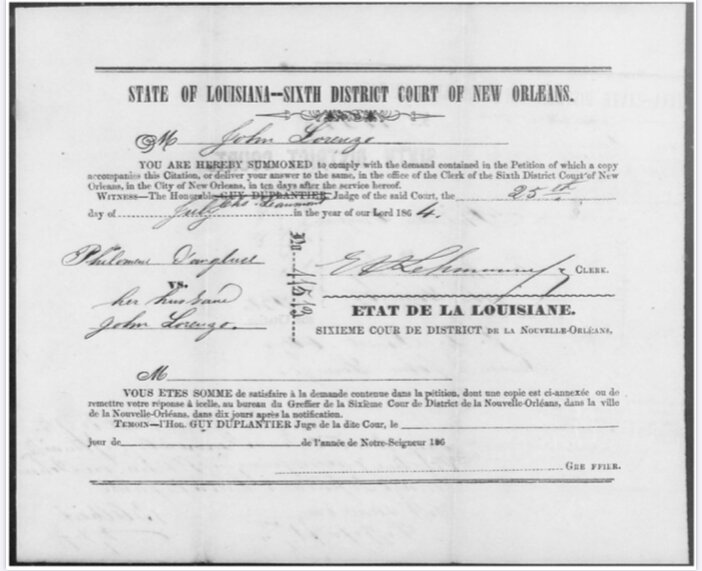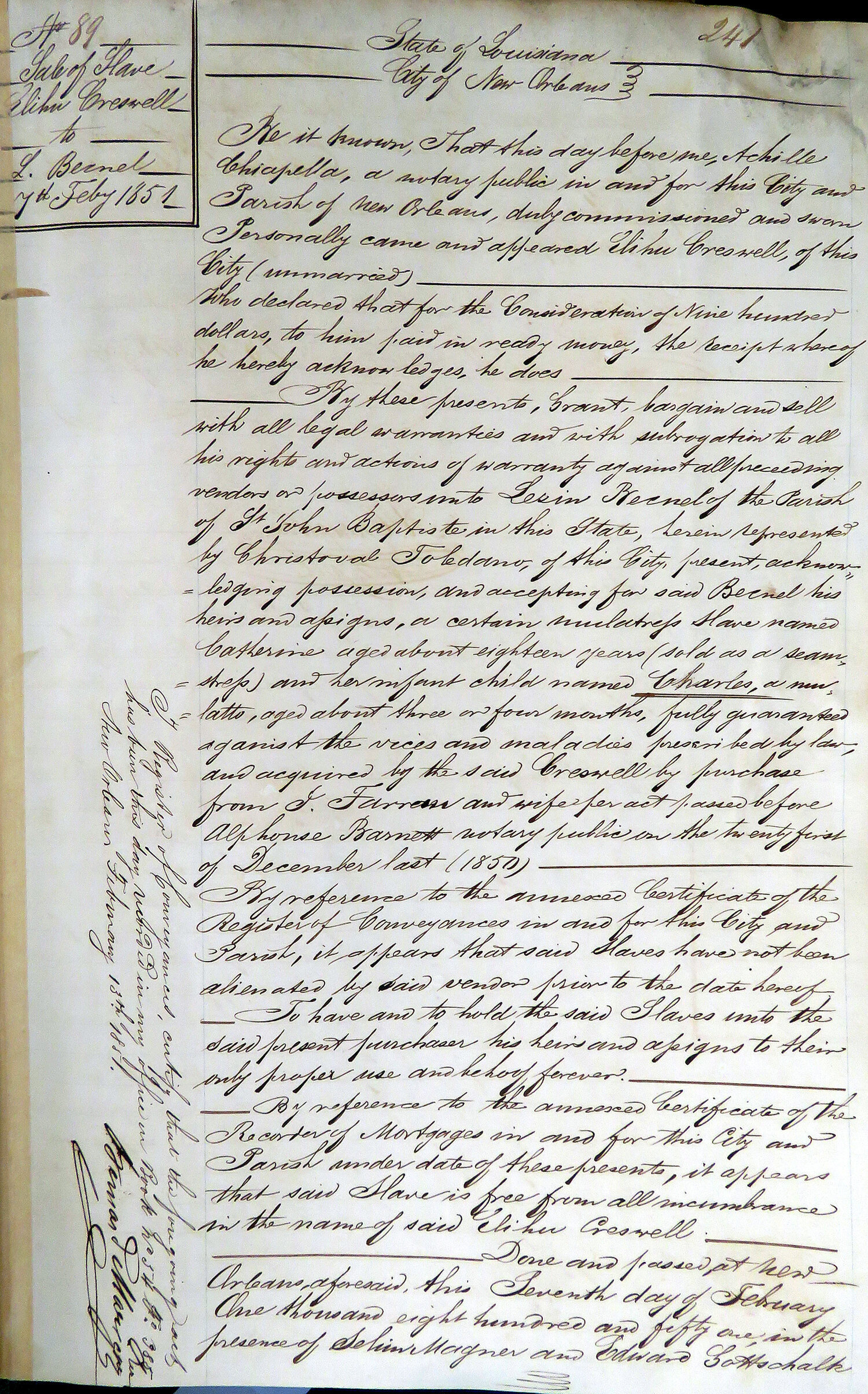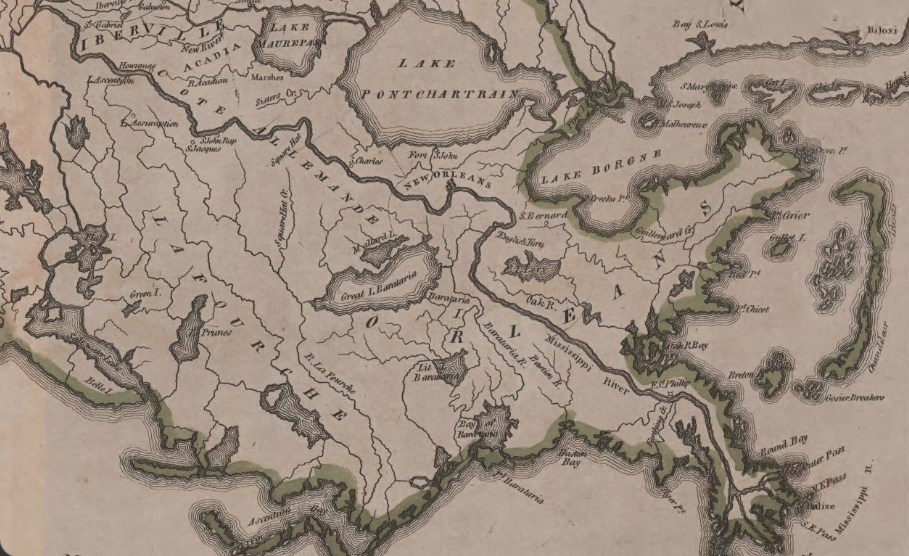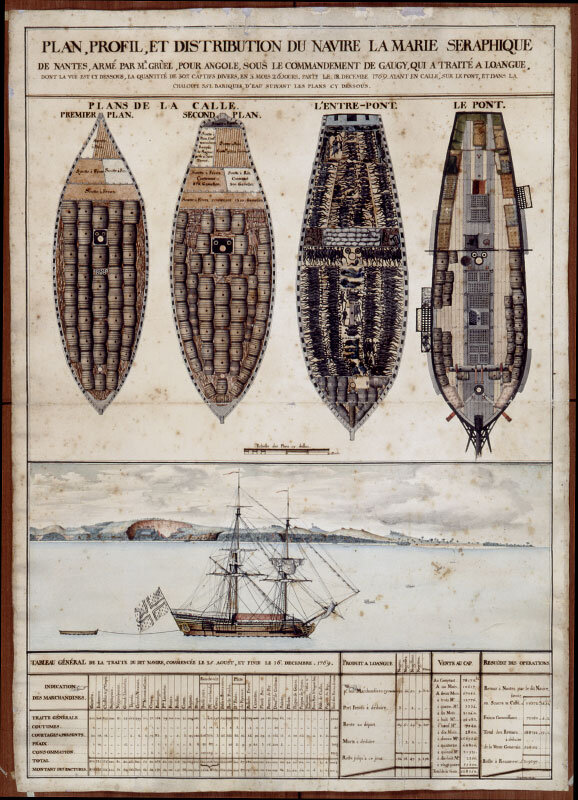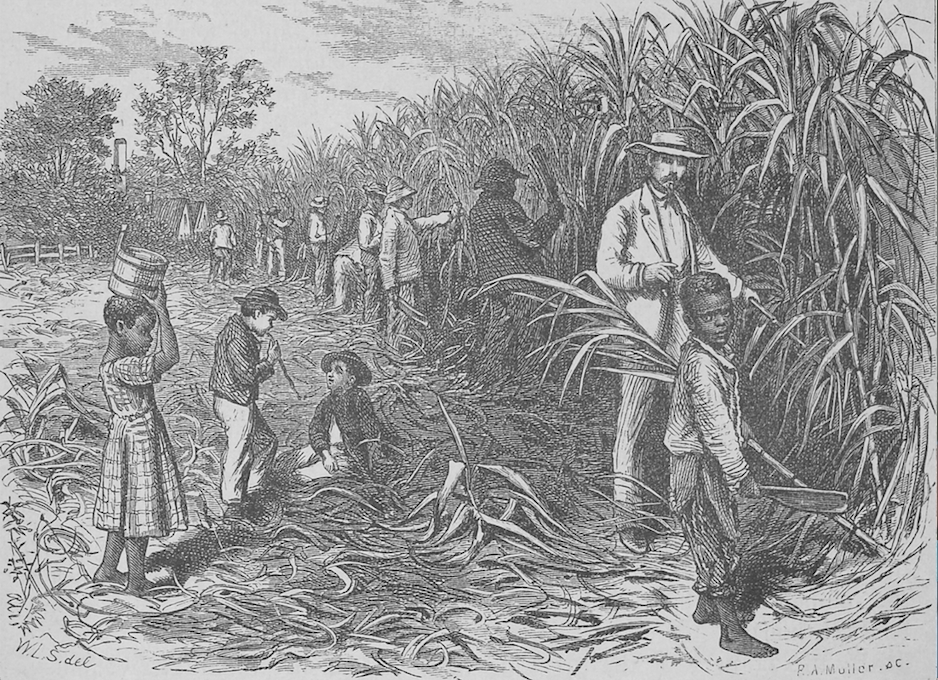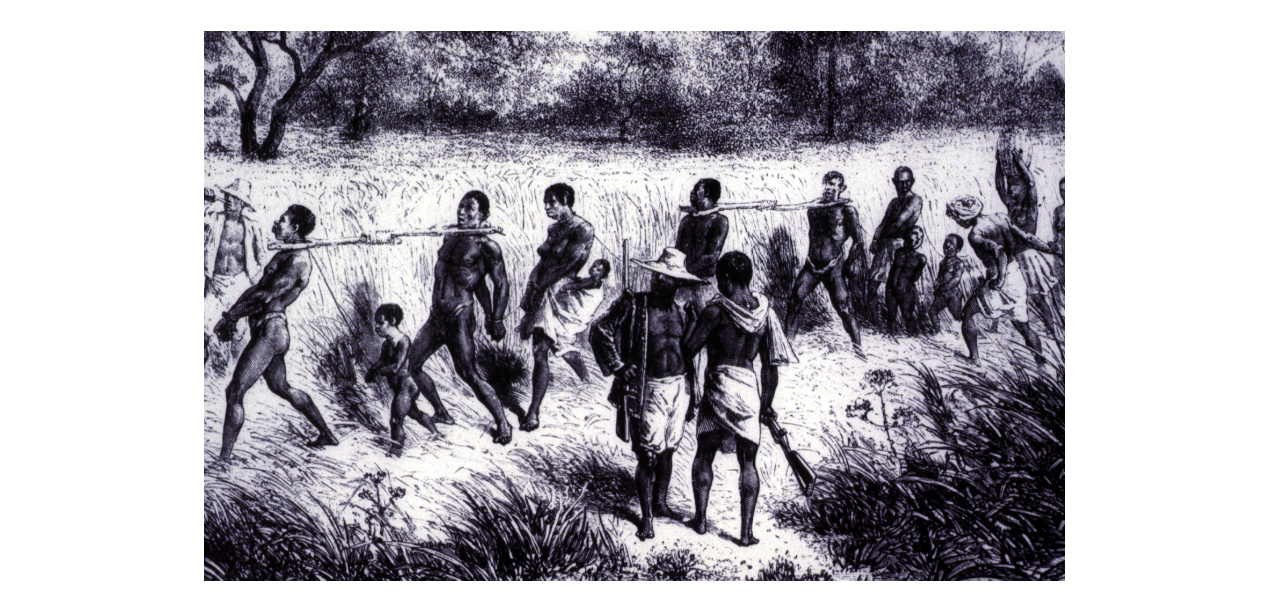Little remains to document Josephine Lennen’s brief life. She left no letters, appeared only as a number on census records, and never had her name featured in a newspaper. Her children, only five and three years old at her death, probably held just a few cherished memories of her.
Josephine was born on September 21, 1816, and baptized at St. John the Baptist Catholic Church on February 16, 1817. She was named for her mother, Josephine Marmillion. Josephine’s father, Michael Lennen, was a native of Ireland and practiced medicine. He wed Josephine Marie Magdelaine Marmillion in 1804, and this fortuitous marriage united him with the oldest and most powerful residents of St. John the Baptist parish. Josephine Marie Magdelaine, the daughter of P. E. Marmillion and Françoise Haydel, was named for her maternal aunt, Magdelaine Haydel Becnel, the matriarch of Evergreen Plantation. In fact, her aunt Magdelaine and grandfather Christophe Haydel stood as her godparents at her 1787 baptism.
Thus Josephine Lennen had ties to Evergreen Plantation from birth. The plantation had been established by her great-grandfather, was the childhood home of her grandmother, and later the home of her great-aunt. Her mother’s marriage to an outsider, an Irish immigrant, was of little consequence. As a member of the Haydel, Becnel, and Marmillion families, she was considered a Creole demoiselle, a young girl of the elite native-born planters.
When Josephine was eighteen years old, she married Lezin Becnel II. This match would have pleased her parents. Josephine and Lezin shared a great grandfather, old Christophe Haydel, the founder of Evergreen Plantation. Their grandmothers, Magdelaine and Françoise, were sisters and had a close relationship. Two years after their 1834 wedding at St. John the Baptist Catholic Church, they brought their first child, a son named Lezin III after his father and grandfather, to be baptized there. Another son, Michel Alcide, was born in 1838.
Like most Creoles in St. John the Baptist parish, Josephine’s family lineage resembled more of a complicated web than a tree. Her husband Lezin’s father had died when he was very young, and and his mother Mathilde did not remain a widow for long. She married prominent plantation owner Valsin B. Marmillion, who happened to be Josephine’s maternal uncle. Thus Mathilde, Josephine’s mother-in-law, was also her aunt by marriage.
Though she left no diaries, papers, or many written documents, Josephine did leave behind one treasure that reveals much about her life: a fine portrait painted by Luigi Marie Sotta circa 1841. A native of Italy, Sotta came from a family of artists and studied at the École des Beaux Arts in Paris. His work was exhibited at the Paris Salon in 1833 and 1838, and one of his portraits was on display in Versailles. That Lezin Becnel commissioned Sotta to paint himself, his wife, and his mother says a great deal about the Becnels’ place in society.
In her portrait, Josephine appeares young and with a spare beauty, an almost modern simplicity. Her deep brown eyes hold much in their depths. She has fine cheekbones, dark hair, and at twenty-five, was still youthful. She appears to be dressed in mourning, wearing a black dress with fine lace around the collar and sleeves. Who she was mourning remains unknown, but in their portraits, her husband and mother-in-law wore black as well.
Of particular interest is Josephine’s necklace, comprised of a locket or pendant and then a diving bird with a heart in its beak. The color suggests jet black mourning jewelry that indicated a loss, and the locket or pendant could possibly have contained the hair of a lost loved. Yet it remains uncertain if the necklace was memorializing the death of a close family member or a solemn symbol of Josephine’s intense piety. It was a French Saint Esprit necklace; the dove represented the Holy Spirit. Similar necklaces appear in other portraits of Creole women of that era.
In selecting to wear it for her portrait, Josephine conveyed something about herself to future generations. She chose a piece of jewelry that could be worn for fashion, love, or remembrance. In an 1892 biographical essay profiling her youngest son, Michel Alcide Becnel, Josephine was described as “a devout member of the Catholic Church.” Having a Saint Esprit necklace would support this devotion.
Tragically Josephine died on June 13, 1842, at the age of twenty-five, soon after sitting for her portrait. Josephine’s strong Catholic faith, an integral part of her Creole upbringing, was embraced by her husband and children and remained an important part of their lives long after her death. Her husband Lezin II served as one of the church’s trustees, and her eldest son Lezin III wrote of his close friendship with a priest and his observation of holy days of obligation and confession even in the chaos of the Civil War. Her youngest son, Michel Alcide, was interred in St. John the Baptist Catholic cemetery, the same final resting place as Josephine. 1,800 people attended his funeral Mass, and their voices echoed through the same church that had once heard his mother’s whispered prayers.



